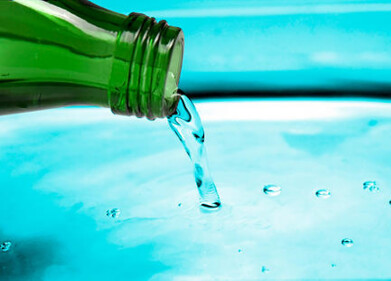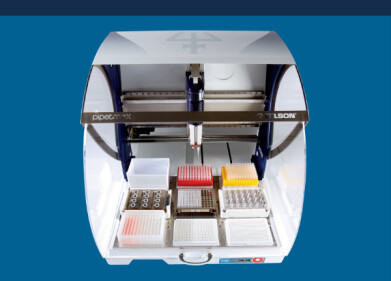Laboratory Products
Rules for Effective Nitrogen Blowdown Evaporation
Jul 06 2021
Effective nitrogen blowdown evaporation balances gas flow and heat to remove solvent quickly without degrading delicate samples. Here are some tips to optimise your blowdown evaporation
Rule #1: Select the correct flow rate and needle gauge for your tube size
Effective blowdown evaporation starts with proper gas flow. Optimal flow rate depends on size of the gas delivery needles used. Small samples can be efficiently concentrated with 19 gauge needles, while wider tubes benefit from the higher flow allowed by larger needles.
Whichever needles you use, at a proper flow rate, the gas stream should be strong enough to create a visible dimple in the surface of the sample while still minimising splashing. This ensures that the gas stream disrupts and removes the solvent vapor layer above the sample, allowing more solvent to evaporate.
Rule #2: Apply heat when necessary
A bath temperature of 2-3°C below the boiling point of the solvent is ideal to promote efficient evaporation without subjecting the sample to the harsh conditions of boiling. For heat-sensitive samples, a bath temperature of around 30°C to 40°C will help to combat the cooling effect of evaporation.
Rule #3: Use dry gas for blowdown
There are several gas source options for blowdown evaporation, including nitrogen cylinders, lab air or nitrogen, or a nitrogen generator. Nitrogen purity requirements are determined by the chemist—even clean air can work for evaporation. The most important consideration is that the gas be dry. Most nitrogen gas typically has a low moisture content already, but compressed air needs to be dried to promote efficient evaporation.
Rule #4: Keep needles close to the surface of the sample
Remember, evaporation is fastest when the gas stream successfully disrupts the vapor layer above the sample. The closer the gas delivery needles are to the surface of the sample, the less gas will be required for effective evaporation. To conserve nitrogen, always keep needles close to the sample’s surface.
Rule #5: Clean the needles if any splashing occurs
Cleaning needles after use, especially if any solvent has splashed on them, is the best way to prevent contamination between samples. Regular cleaning will also greatly prolong the life of the needles. For a lower maintenance solution, try using disposable glass pipettes instead for nitrogen delivery.
For further information please click here.
Digital Edition
ILM 49.5 July
July 2024
Chromatography Articles - Understanding PFAS: Analysis and Implications Mass Spectrometry & Spectroscopy Articles - MS detection of Alzheimer’s blood-based biomarkers LIMS - Essent...
View all digital editions
Events
ACS National Meeting - Fall 2024
Aug 18 2024 Denver, CO, USA
Aug 25 2024 Copenhagen, Denmark
Aug 28 2024 Phnom Penh, Cambodia
Sep 04 2024 Chiba, Tokyo, Japan
Sep 04 2024 University of Warwick, Coventry, UK












24_06.jpg)






